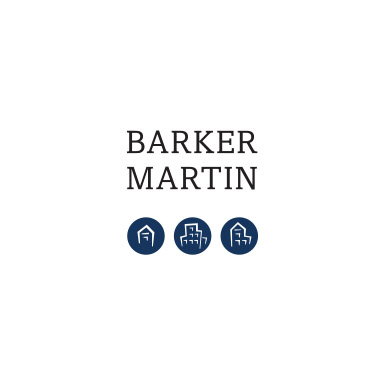Presentations & Seminars
Looming Crisis? When Caulk, Paint and Patches No Longer Work
Condominiums first appeared in the late 1960s when owner-occupied cooperatives and common interest communities took hold across the country. Throughout the 1970s, condominiums emerged as an important form of home ownership. HUD estimates that over 4.8 million condominiums were constructed in the 1970s and 80s.
At some point, even well built buildings require major rehabilitation. The number of years an association can function before performing a major rehab is based on a multitude of factors, including the quality of construction, type of cladding and windows, exposure to the elements and of course: maintenance. Many communities choose to defer maintenance or common element repairs and replacement by kicking the can down the street for the next board or group of homeowners to confront. Though a precise timetable for replacing roofs, windows, HVAC, exterior cladding or other major systems may vary widely, the one certainty is that delay will result in increased costs. This fact is particularly true in the Pacific Northwest, where long rainy winters punish buildings year after year.
Now is the perfect time for an association to address its long-standing repair and replacement issues for the following reasons:
• Bank loans are viable. Interest rates remain at historic levels--the cost of borrowing money has never been this low--but will not remain at this rate indefinitely. Plus, due to the competitiveness in the lending industry, banks are loosening underwriting requirements.
• Construction costs remain low. Due to the overall economic malaise in our country, the cost of materials and labor remains highly competitive, but like bank interest rates, construction costs will not remain low forever. As the economy continues to improve, labor and material rates will certainly rise.
• Insurance coverage is at peril. Condominium insurers are rejecting new coverage and failing to renew policies on older condominiums that have failed to upgrade plumbing, electrical and other major systems. Older associations who have failed to perform this work are finding themselves without insurance and at significant risk.
• Delay results in higher costs. Delaying required repair and maintenance will result in a disproportionate rise in repair costs. Water damage to buildings is not linear. Rot, deterioration and other damage accelerate over time and mirror a hockey stick and not a straight line. At some point, the damage reaches the extent where mold and structural integrity cannot be ignored.
If you manage or govern an associations older than 20 years that has not actively addressed the condition of the complex, don’t become part of the looming crisis. Act now to take advantage of the favorable conditions to get this work done.
Here are some recommendations for dealing with underfunded capital improvements or major repairs:
1. Assemble a team of professionals, including an attorney, lender, architect or engineer and manager, to work closely with the board of directors in formulating and executing a comprehensive plan, from initial identification of the scope of the repairs through funding and completion of the work.
2. Rely on the advice of these professionals, who have guided hundreds of Oregon and Washington associations through proven and successful game plans and track records.
3. Do not succumb to “paralysis by analysis.” Details are important, but fear of the process should not override reasonable and necessary action.
4. Do not get bullied by adversarial homeowners. No one “wants” to pay a special assessment, but when presented with objective facts and data, reasonable owners should realize the need to take action. This is where your professional team can be especially effective in communicating and supporting the plan.
5. Be transparent and communicate often. Don’t wait for the special assessment meeting to communicate with the association about the need for repair/replacement of common elements.
6. Involve homeowners in the process. Committees or tasks forces can be especially helpful, but make sure the roles are clearly defined. Committee work should generally be in an advisory capacity with clear demarcation of roles and responsibilities.
A large number of older condominiums can no longer get by with caulk, paint and patchwork fixes. They face pressing and important decisions on how to proceed. The first step in making those decisions is becoming better informed. To assist that first step we have teamed with a lender and insurer to provide a 60-minute webinar to help inform homeowners and managers on how best to confront this predicament. For more information on the webinar and to sign up click here.



